


- 30-second version
- 15-second version
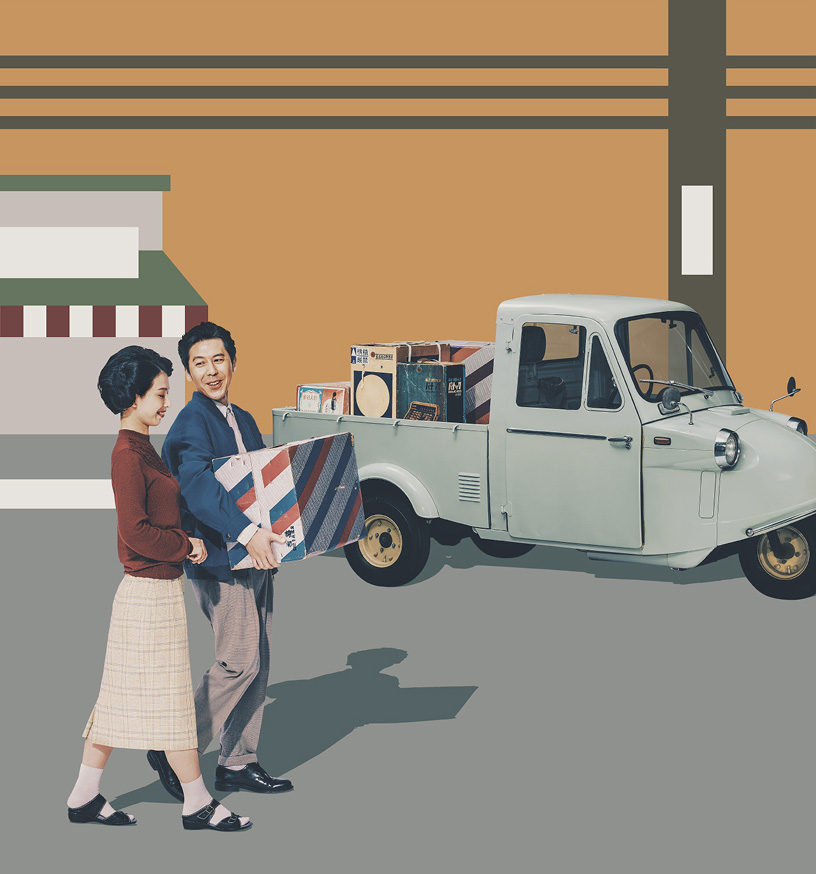




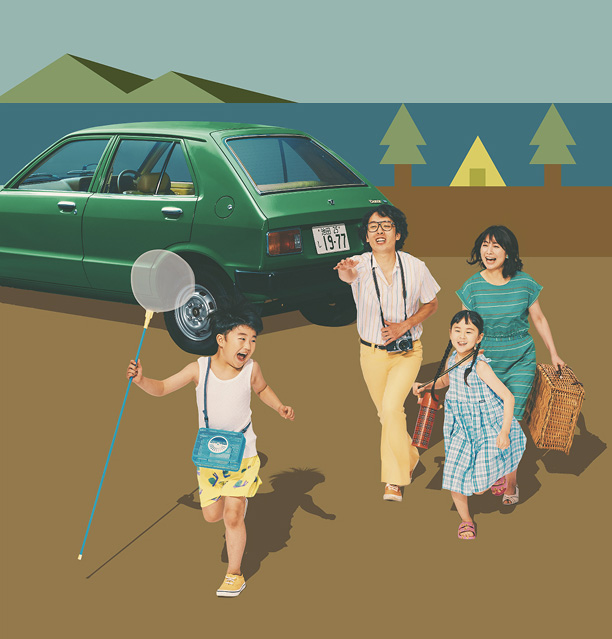


Because it’s small, you can do it all
— one small step at a time.
Because it’s small, it fits various lifestyles.
Because it’s small, it brings people together
and supports dreams in a familiar way.
Since our founding, we’ve stayed close to customers,
building compact cars full of ingenuity.
We’ve attempted the impossible and failed many times.
But we keep taking on new challenges to hear people say, “Unique!”
We make cars people love. They say, “It’s just what I wanted!”
“You really understand me!” That’s the essence of Daihatsu carmaking.
Returning to our roots reminded us of this simple truth.
Now we’ve decided to call Daihatsu's unique inventions “DAIHATSUMEI.”*
*“Unique inventions” in Japanese
We want to hear people say, “This is perfect for me!” “It will make life more fun!”
Small but capable. Do it all step by step.
In the future as in the past, we will continue making better cars the Daihatsu way.
Stay tuned for DAIHATSUMEI!
Because it’s small,
it fits various lifestyles.
Because it’s small, it brings people together
and supports dreams in a familiar way.
Since our founding,
we’ve stayed close to customers,
building compact cars full of ingenuity.
We’ve attempted the impossible
and failed many times.
But we keep taking on new challenges
to hear people say, “Unique!”
We make cars people love.
They say, “It’s just what I wanted!”
“You really understand me!”
That’s the essence of Daihatsu carmaking.
Returning to our roots
reminded us of this simple truth.
Now we’ve decided to call
Daihatsu's unique inventions “DAIHATSUMEI.”*
*‟Unique inventions” in Japanese
We want to hear people say,
“This is perfect for me!”
“It will make life more fun!”
Small but capable.
Do it all step by step.
In the future as in the past,
we will continue making better cars
the Daihatsu way.
Stay tuned for DAIHATSUMEI!


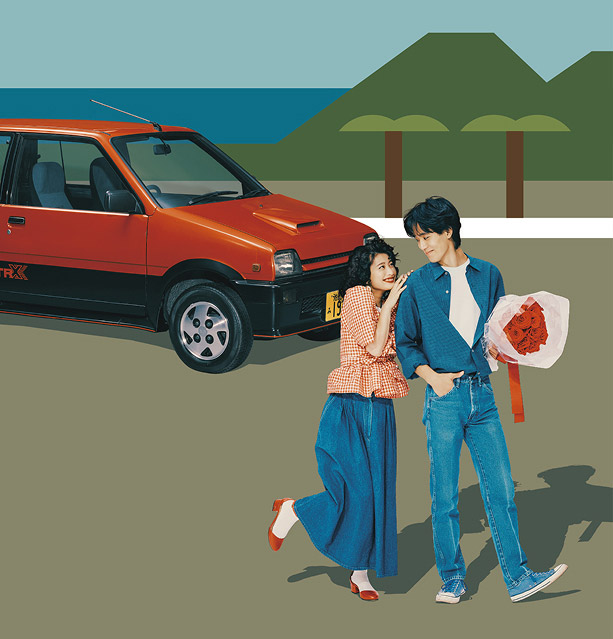

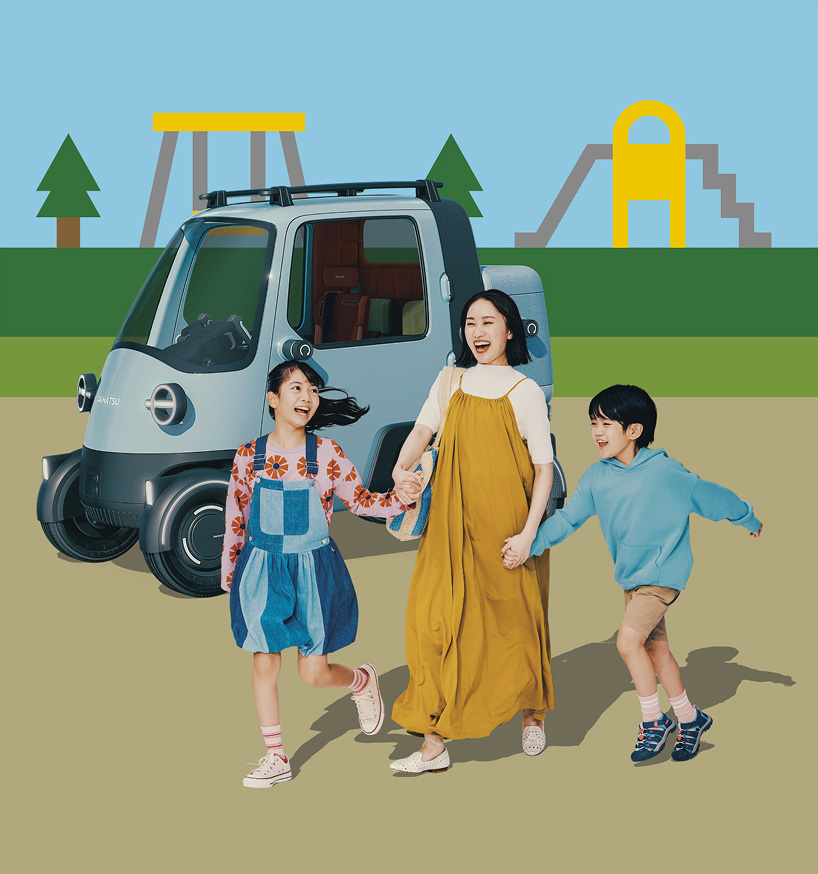
























Introducing the cars featured
in our brand story!

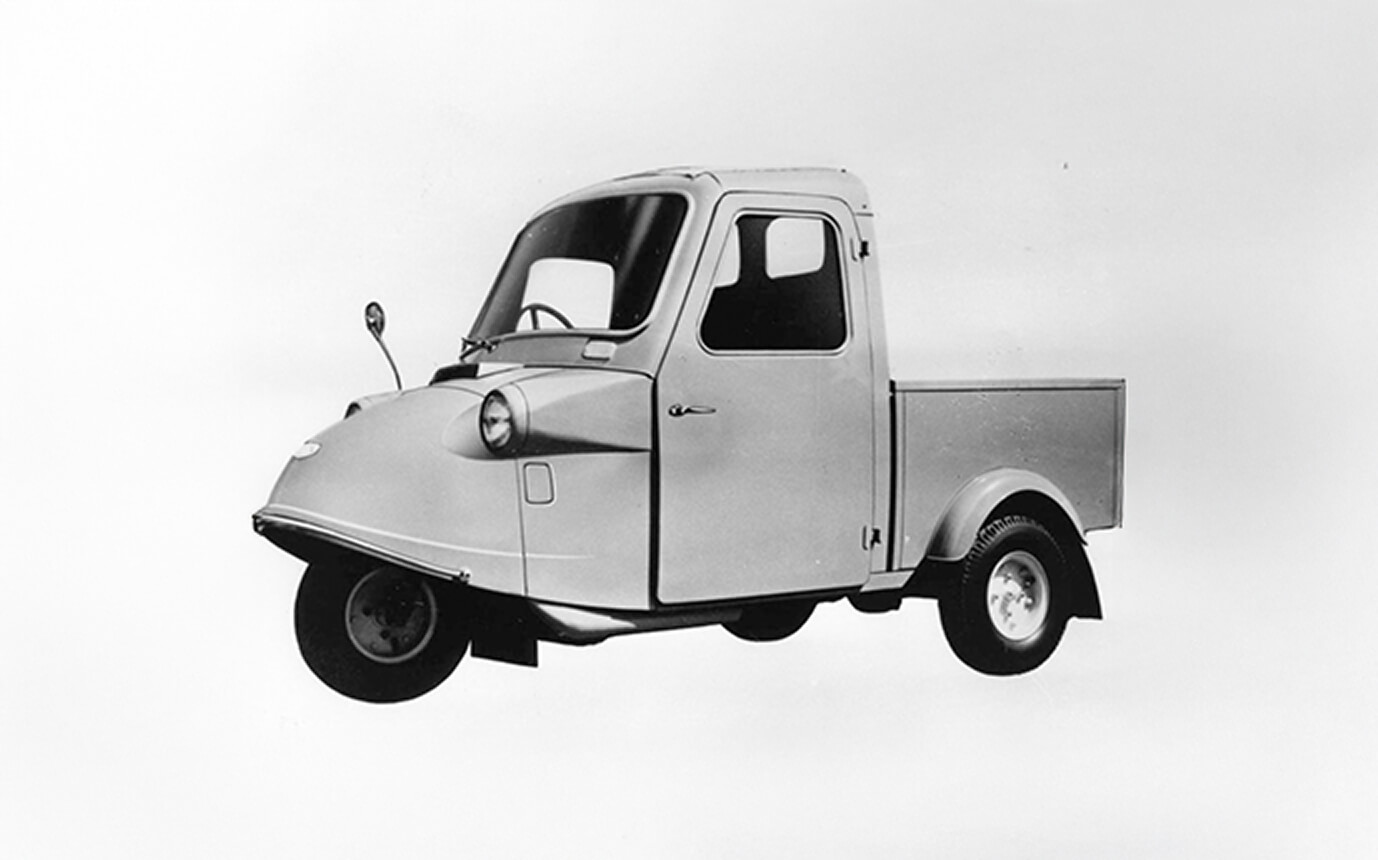 1959 MP3 model
1959 MP3 model
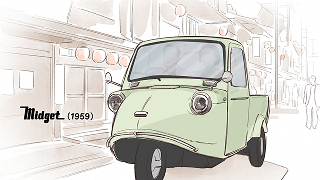
Debuting in 1957, during the period of Japan’s rapid economic growth, the first-generation Midget became a “little giant” that supported everyday life and work. It zipped through narrow back streets with its nimble, compact three-wheeled body, earning the nickname “the city’s helicopter.” During development, Daihatsu conducted a market survey, a rare practice at the time, to understand the real challenges of small retailers and small business owners. Then it incorporated their feedback into the design. From live TV commercials to sales training seminars, the sales strategy was innovative. The Midget embodied the Osaka merchant spirit and the belief that “it only counts when the product reaches the customer.” With its charming design and high practicality, it still has many fans today. This timeless favorite is a true example of DAIHATSUMEI.
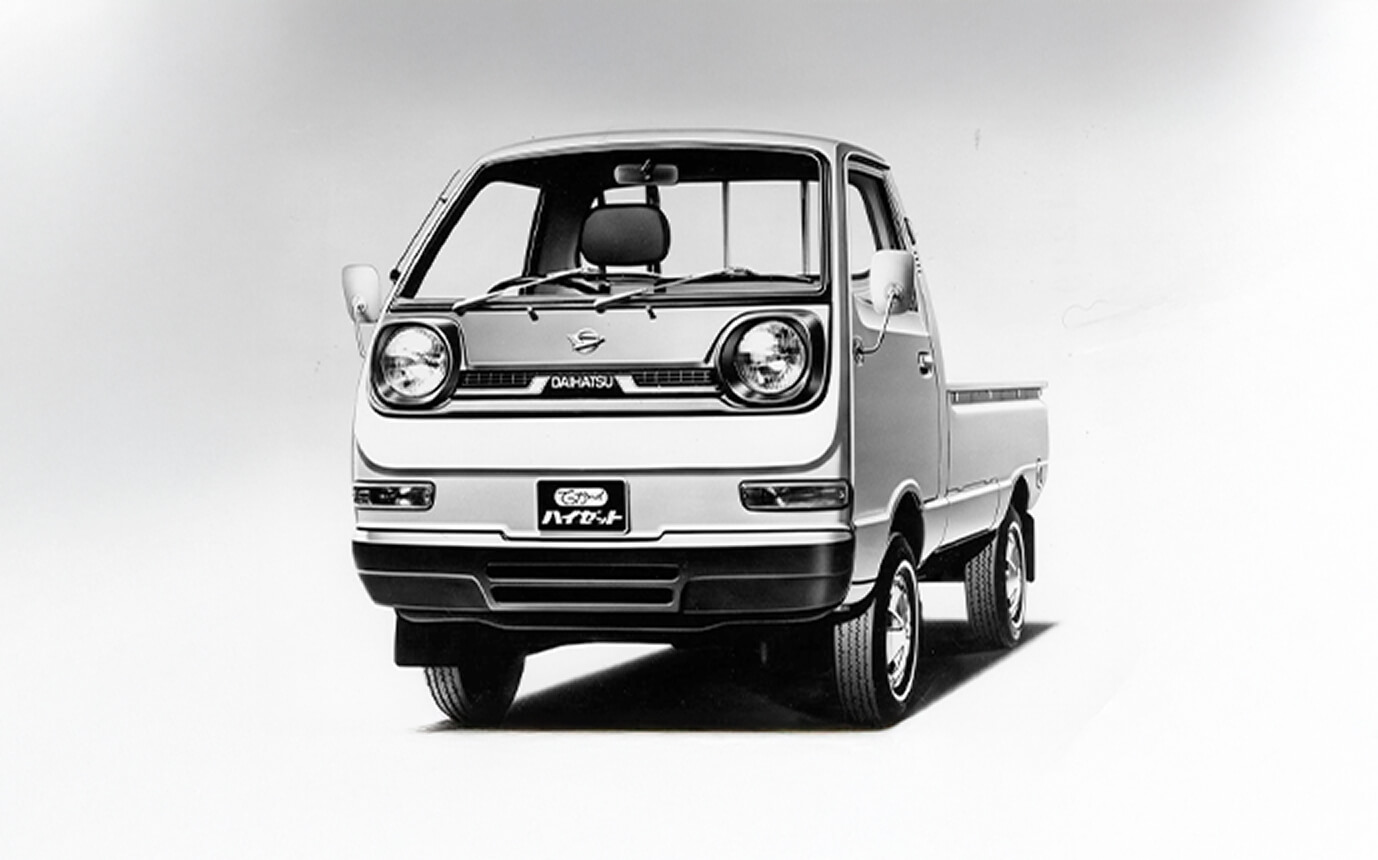
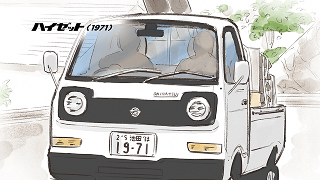
Introduced in 1971, the fourth-generation Hijet was a DAIHATSUMEI that expanded the possibilities of “kei” cars. To ensure it could carry Kyoto tatami-length luggage (approx. 1,910 mm), the bed was extended into the rear of the cabin to achieve a total length of 1,920 mm. It was a choice made purely for usability. The Hijet Slide Van followed, the first mini light van fitted with a sliding door, which made loading easier on narrow streets and boosted everyday convenience. The hallmark of Japan-ready “small yet reliable” trucks and vans, handed down from the first Midget, lives on in this model packed with Daihatsu ingenuity.
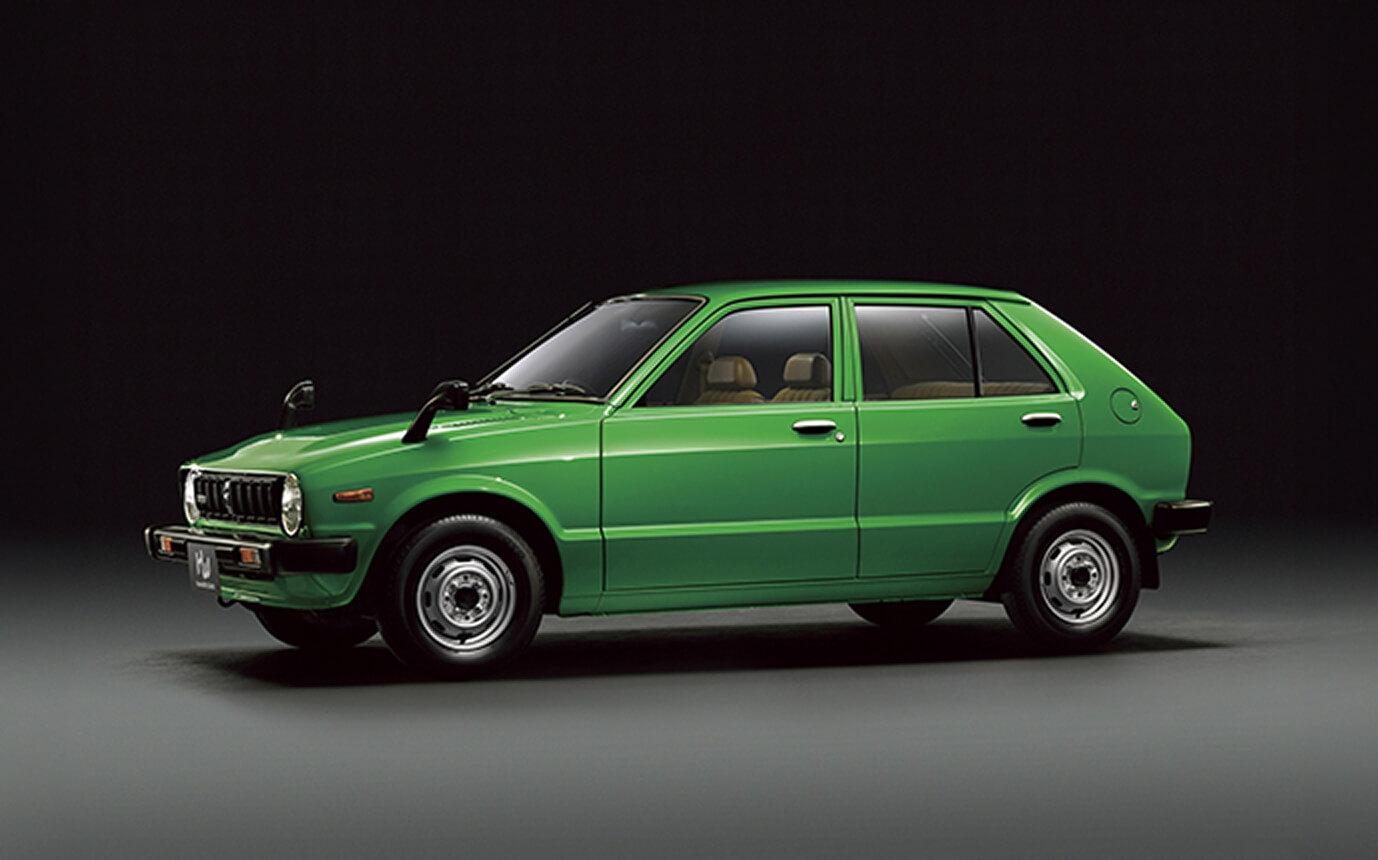
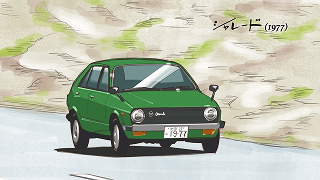
In 1977, Daihatsu set out with the challenge of “building the ideal compact car,” a vision that took shape after ten years of development and the oil crisis as the first-generation Charade. Its catchphrase was the “5-square-meter car.” Development aimed to achieve a roomy interior within a small body, but existing engines were too large. The answer was a newly developed three-cylinder engine, still rare at the time. Compactness, fuel efficiency, performance, and style all came together in this true DAIHATSUMEI. Priced within reach, it made the dream of a family car accessible for young baby-boomer families. The attention to detail resulted in a groundbreaking model that etched its name in Japan’s automotive history.
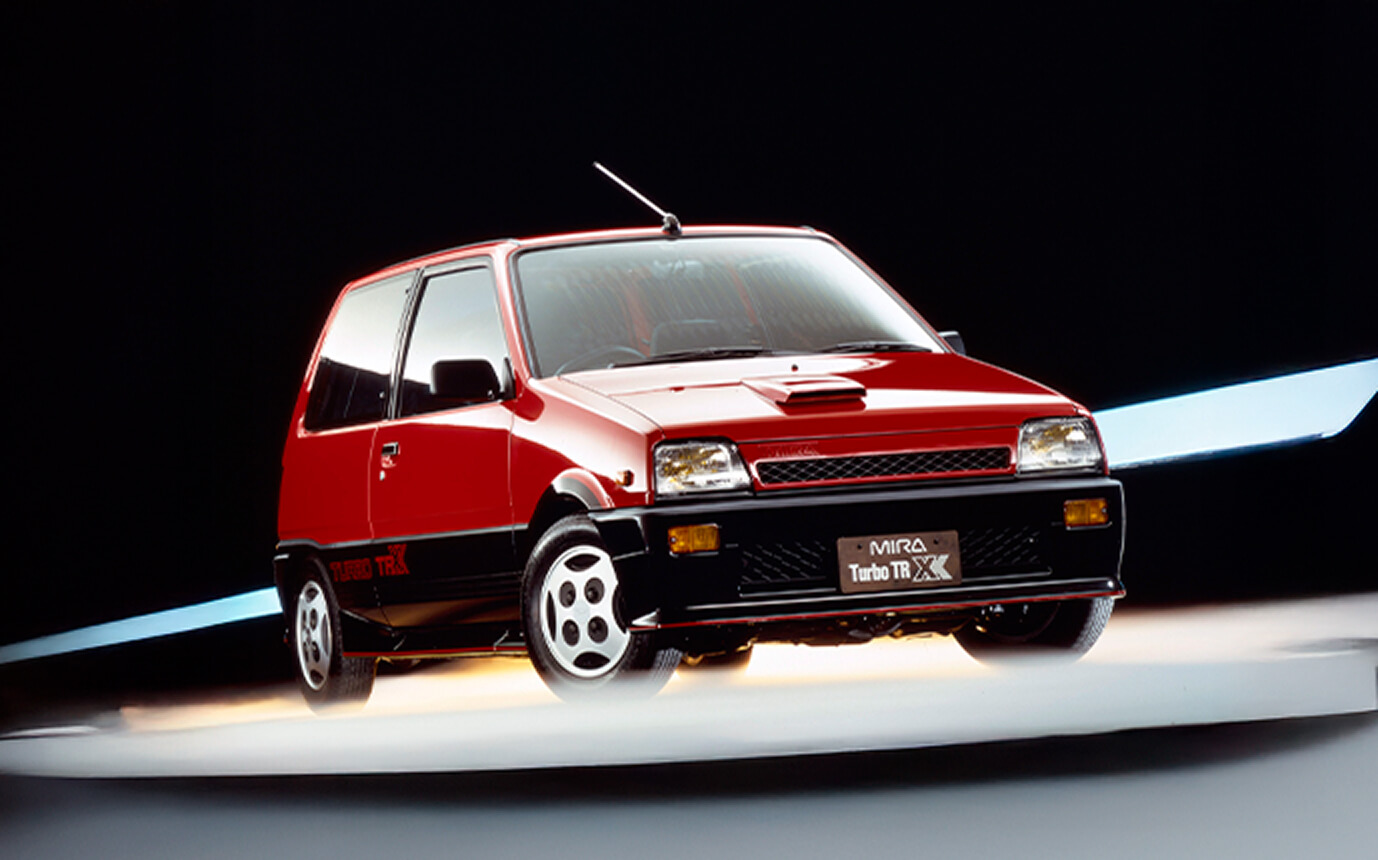
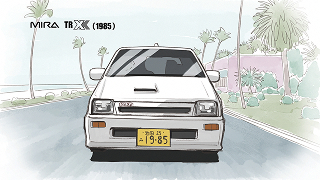
In 1985, the Mira TR-XX sent shockwaves through the kei segment as the poster child for cheeky cars. A high-revving turbo engine and dual exhaust pipe delivered a deep note. Its boxy silhouette wore an aggressive aero kit, packing big driving fun into a small body. Nimble despite its size, it punched above its weight and was often said to have ignited the power race of the era. The Mira TR-XX was more than a sporty trim. It was a bold and cool DAIHATSUMEI that broadened what kei cars could do. The car that sprinted through late Showa streets is still remembered as a true classic.
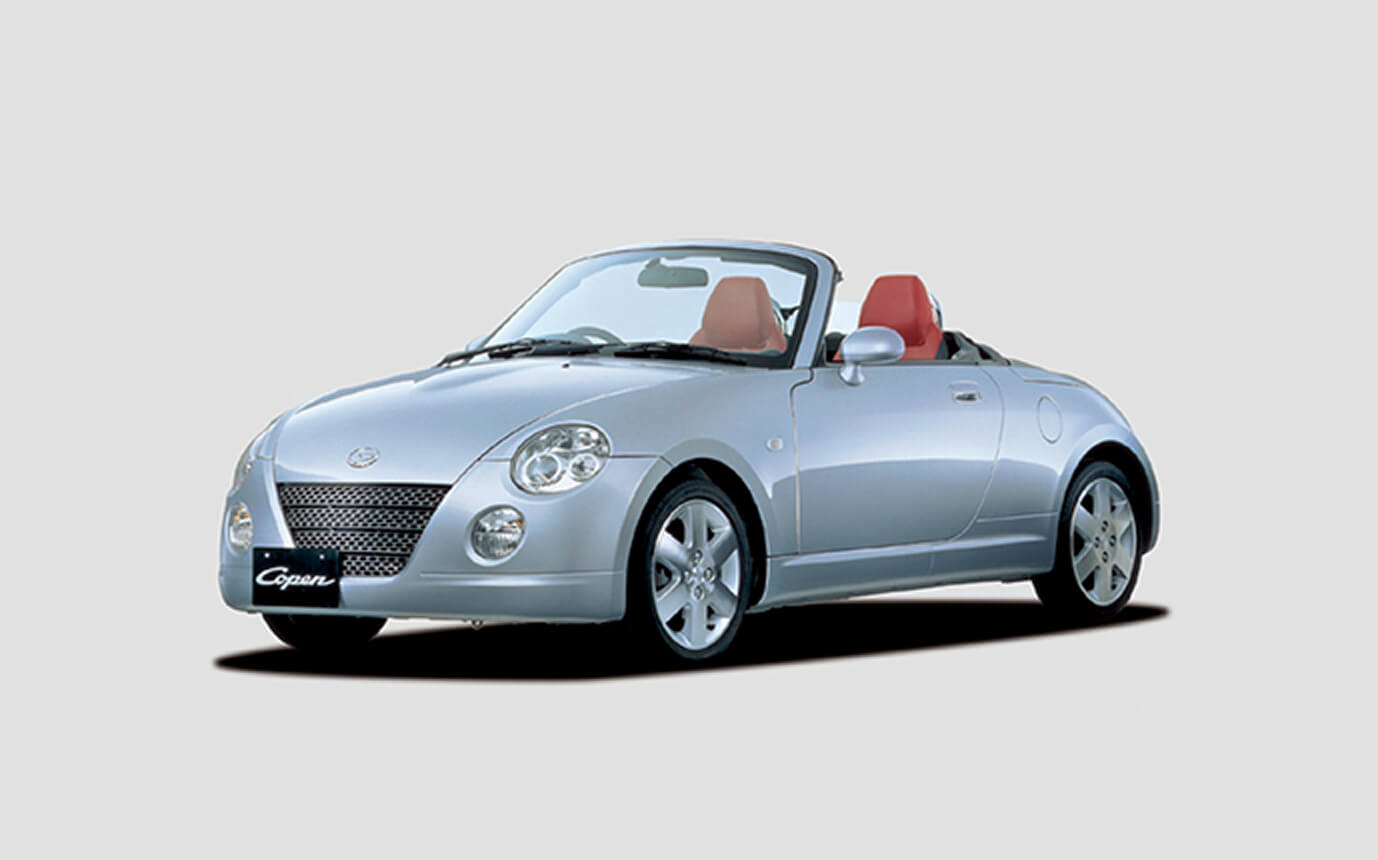

In 2002, Daihatsu went beyond the boundaries of kei cars and gave life to a “dream open sports car,” the first design of Copen. While making use of its existing four-cylinder engine and FF layout, Daihatsu succeeded in the remarkable challenge of fitting its compact body with a motorized convertible roof, the “Active Top.” Packed with Daihatsu’s desire to deliver the exhilaration of driving with the wind in your hair through the approachable format of a kei car, the Copen was born. With a style that was both charming and sporty, it won fans across generations, some even saying, “I got my driver’s license because I wanted to drive a Copen!” As the first kei car to receive the Good Design Gold Award, the Copen was a true game-changer, redefining the open-top sports car as something “for everyone.” Even today, it remains a beloved icon that touches the hearts of many.
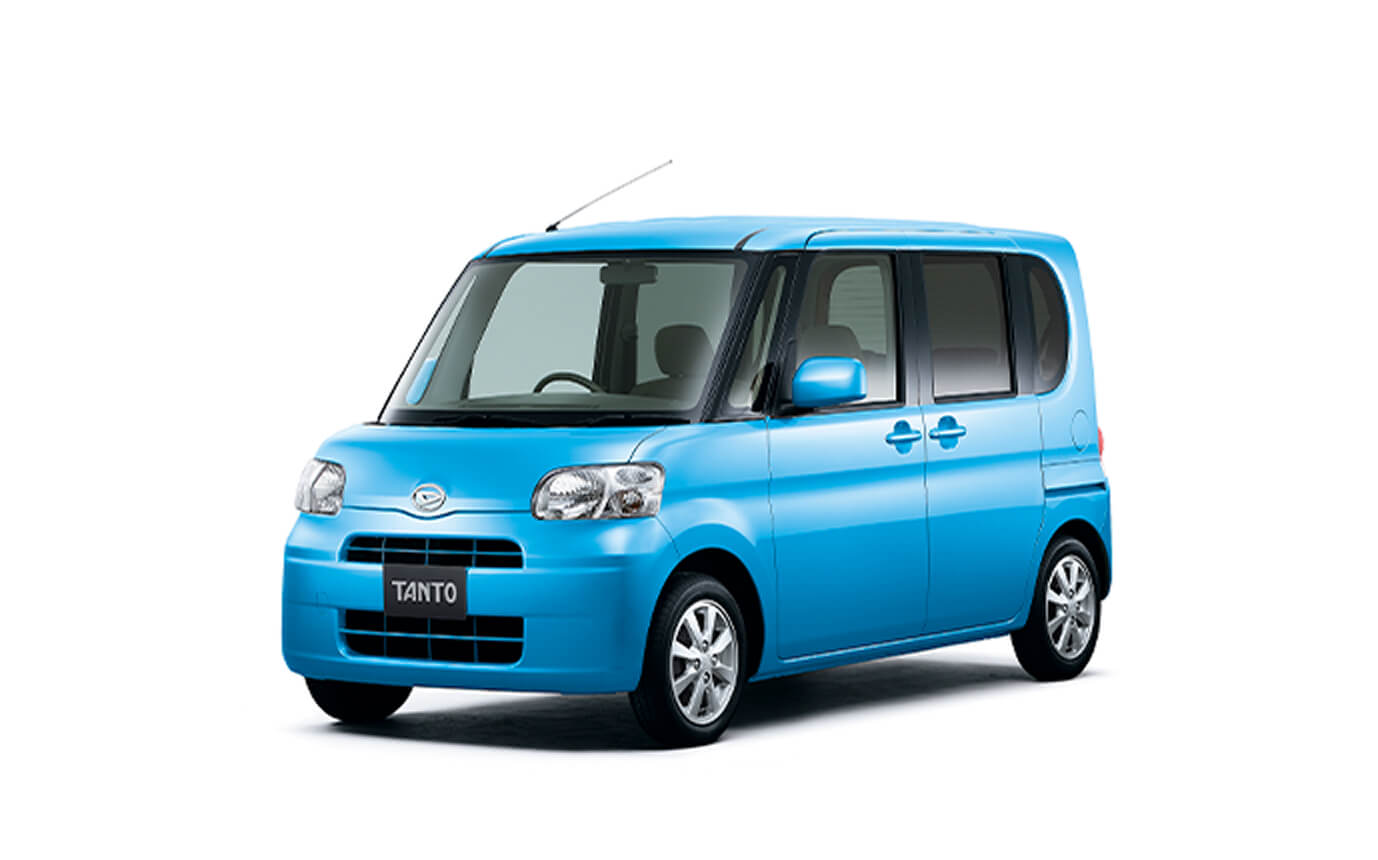
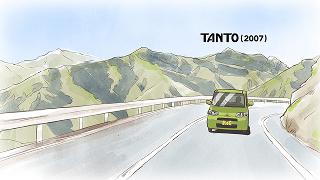
In 2007, the second-generation Tanto made a major leap forward as a “family-first car.” Its headline feature was a true DAIHATSUMEI, the Miracle Open Door, a built-in-pillar system that integrates the center pillar into the passenger-side sliding door. This creates an opening up to 1,480 mm wide, which is unusual for a kei car. You can load a stroller without folding it, and children can get in and out easily, so everyday drop-offs and pick-ups are more comfortable. A flat floor, bench seat, and dash-mounted shift lever make it easy to walk between the driver’s and passenger’s seats. True to the first generation’s “family ally” spirit, the second generation refined everyday usability and family-friendly features, becoming a truly innovative DAIHATSUMEI.
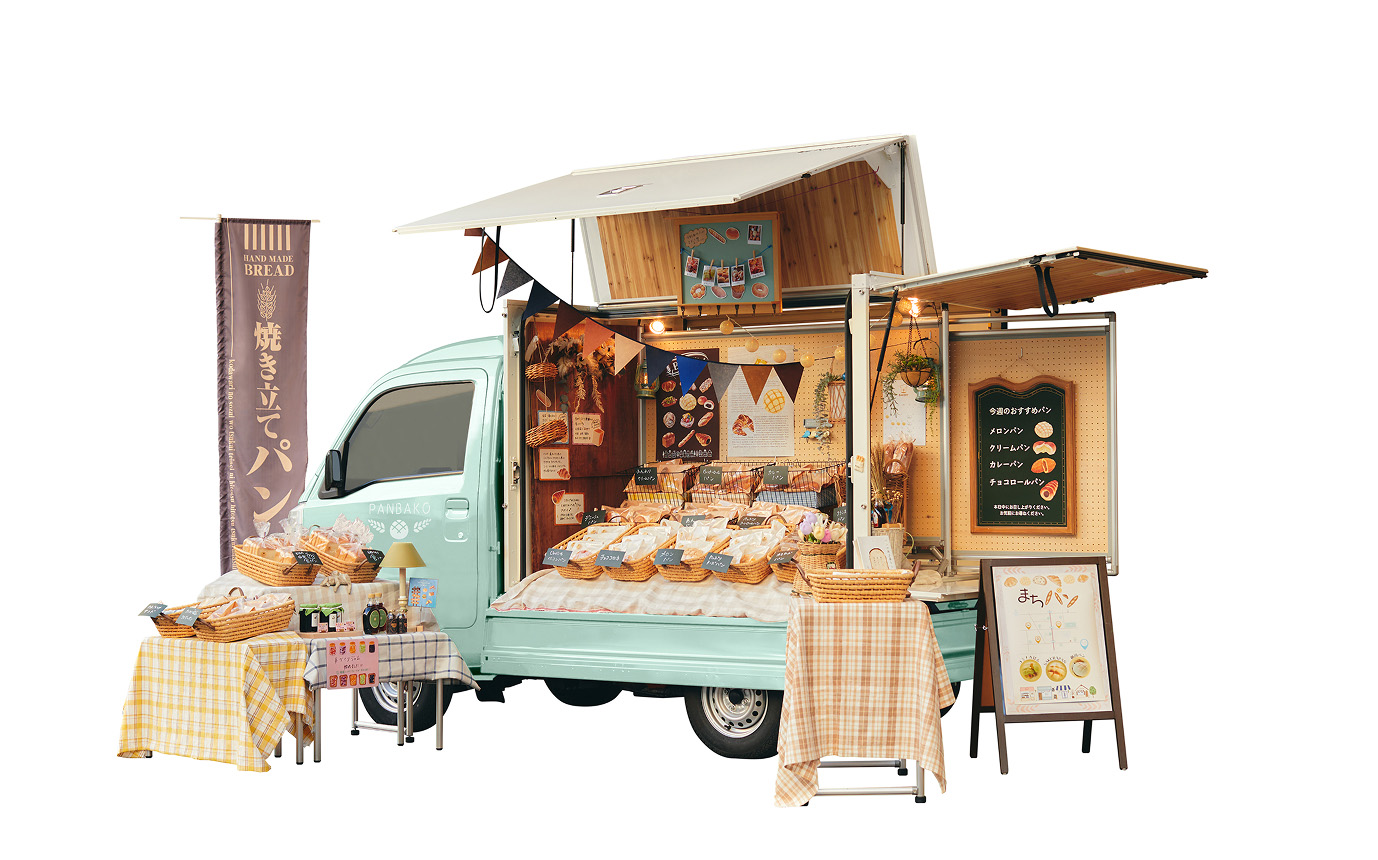
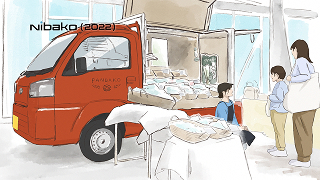
In 2022, Daihatsu launched Nibako, a mobility service that makes use of a “cargo box” mounted on the bed of a light truck — a real DAIHATSUMEI! For those who want to start mobile sales, the service lets you rent a light truck and cargo box as a set. You can rent it by the day or month, which keeps upfront costs low and supports the dream of “trying something new!” It is also used at local events and in shopping districts, serving as a hub where people gather and connect to make the most of face-to-face communication. Nibako is more than just a cargo box. As a “mobile base” that helps revitalize communities, it has earned the support of many business owners and has come to symbolize Daihatsu’s commitment to business support.
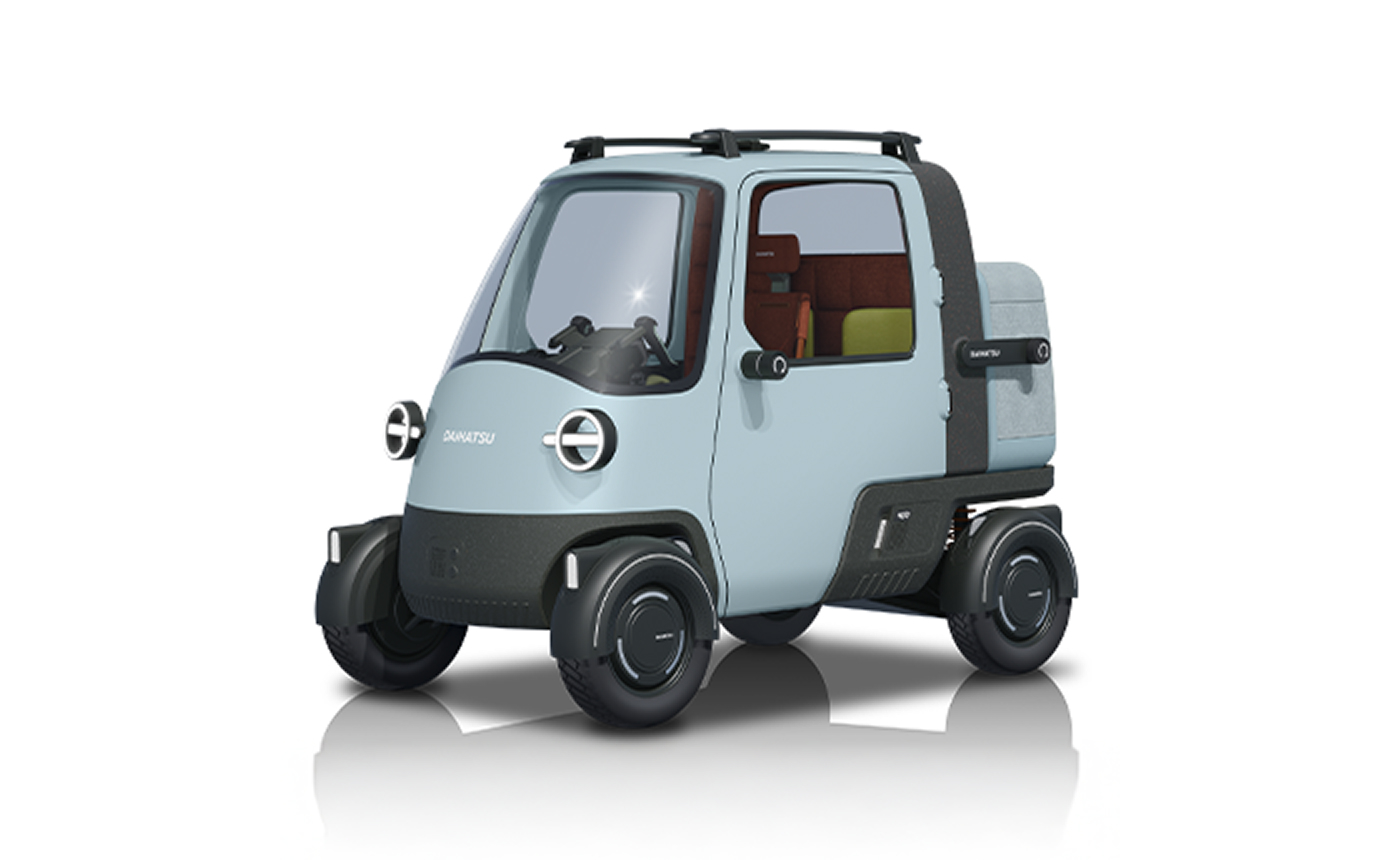
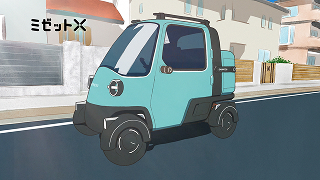
This computer-generated image is provided for illustrative purposes only.
Debuting at Japan Mobility Show 2025 is a “small DAIHATSUMEI for the future.” Born from the idea of creating not a car but a new kind of vehicle, this concept vehicle blends the ease of two wheels with the practicality of four wheels, carrying forward the inventive spirit of the Midget’s first design into the present. It’s sized just right for anyone starting something new, from raising kids and running a small business to pursuing a hobby or simply having fun. With a quick swap of the rear module, it shifts from commercial duty to personal use. That versatility is a big part of its appeal! It has the feel of a bicycle with a little something extra, opening up endless possibilities for customization. Because it’s small, every detail can be carefully designed for convenience and casual style. This is a future-ready DAIHATSUMEI that reinvents everyday mobility for everyone.
